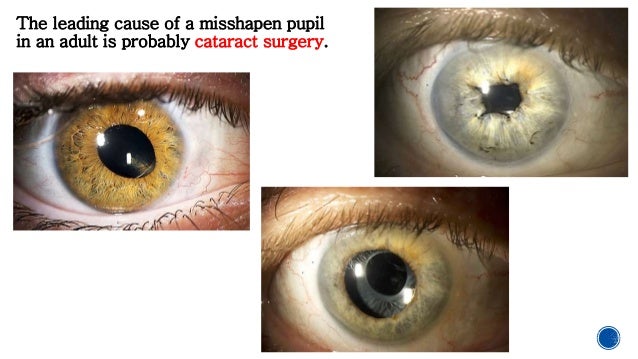
While the two played music together as teens, Underwood eventually moved on to commercial art. However, despite everything, Bowie and Underwood remained friends for the rest of David Bowie’s life. But for the rest of his life, the pupil remained dilated to give him his signature look. He was immediately taken to the hospital and eventually had two different eye surgeries. When Bowie retold the story, he said it wasn’t a necessarily hard punch, but it was suspected that Underwood’s fingernail had scratched Bowie’s eye and essentially paralyzed the iris. Underwood ended up punching Bowie directly in the left eye. But when they were 15, they both became interested in the same girl, and the two had a bit of a disagreement. The two of them had been friends since they were nine and remained close over the years. As a youth, Bowie had a good friend named George Underwood.

Was it a genetic development? Was it caused by a serious condition?Īctually, David Bowie’s anisocoria was caused by a simple fight over a girl. How Did David Bowie Develop Anisocoria?ĭavid Bowie had different pupil sizes for his entire career, and with so many conditions that result in anisocoria, you may wonder what exactly caused Bowie’s unique eye appearance. Your anisocoria may be a result of a more serious issue. If a difference in pupil size is accompanied by any of the above symptoms, seek medical help immediately. Should you develop anisocoria, you may sometimes experience: If you experience anisocoria after hitting your head or injuring your eye, you should see a doctor right away. If you notice a difference in pupil size, get help, especially if the change is sudden, unexplained, or persistent. When Does Anisocoria Warrant Medical Help?īecause anisocoria can be caused by both serious and minor conditions, it can be difficult to determine when it’s time to see a doctor for anisocoria. Should you experience a seizure, the pupils may temporarily differ in size afterwards. Inflamed membranes surrounding the brainĪnisocoria can also be caused by migraines or glaucoma.However, anisocoria can be a result of serious trauma or conditions, such as: Again, this isn’t much of a concern, as long as the pupils return to normal after a reasonable amount of time. Sometimes, aerosol medications or eye drops can cause anisocoria in a healthy individual. If it’s a genetic condition, it’s not usually an issue. Children may be born with a difference in pupil size, which they may share with a parent or other direct relatives. Unequally sized pupils can actually be genetic. And Unequal pupil sizes can be caused by a variety of conditions. Surprisingly, anisocoria affects about 20% of the healthy population, and most of the time, the difference in pupil size is between 0.4 and 0.5 millimeters, but it can be up to a maximum of one millimeter. And the difference in pupil size isn’t always as noticeable as Bowie’s the difference between the two can be as little as 0.4 millimeters.

The word “anisocoria” literally translates into “not equal pupil condition.” However, while Bowie had a permanent case of anisocoria, the condition isn’t always lasting. What is Anisocoria?Īnisocoria is a condition where the pupils are two different sizes. But what exactly is anisocoria? And what causes it? Below, we’ll discuss what anisocoria is and how it develops, as well as how David Bowie came to contract this condition. This condition is actually called anisocoria, and it’s not as uncommon as you might think. At first glance, it appeared his eyes were two different colors, but upon closer inspection, his pupils were actually two different sizes. Many remember his eccentric outfits and makeup in his early career, and his unique personality and style have left a mark in history.īut one of Bowie’s most unique traits was, and still is, the difference between his eyes. People of all ages recognized and admired the late David Bowie, whether it was due to a childhood appreciation for Labyrinth or a lifelong love for Bowie’s music.


 0 kommentar(er)
0 kommentar(er)
